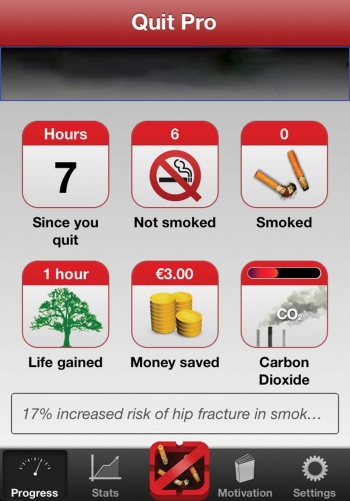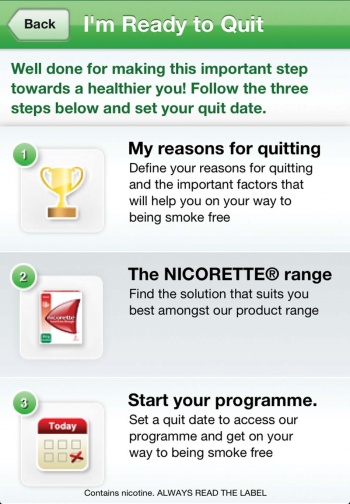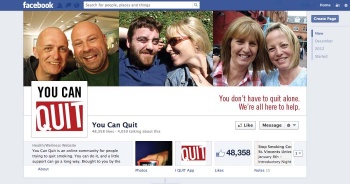GENERAL MEDICINE
RESPIRATORY
Quitting smoking successfully
There are apps and social media support mechanisms available to help you give up smoking
February 1, 2013
-
Quite simply, nicotine is one of the most addictive substances a human can take into their system. It works by stimulating the central nervous system, increasing the body’s heart rate, blood pressure and metabolism. When you take a drag on a cigarette, you will experience the effects of nicotine in under eight seconds.
When inhaled, it also briefly releases the body from craving, while reinforcing the need to smoke. Each cigarette smoked reinforces the craving for the next one. It’s a vicious circle, but it can be broken.
The reasons to give up are numerous and well-known so we won’t re-invent the wheel by listing them here. Some people simply make the decision not to smoke again and just stop. Others find it better to reduce their consumption gradually before stopping entirely. Whatever your approach, strong willpower is essential to ensure that you don’t slip back into old habits. Whichever route you decide to go down there are various helping hands and crutches that you can make use of.
If you own a smartphone then there is a veritable plethora of ‘apps’ that are available to help you kick the habit. A quick search of Apple’s App Store found more than 80 applications designed to support your attempts to stop smoking. Most of these were free of charge, so there is no risk in giving them a go, and some are versions of tired and trusted tools such as Alan Carr’s Easy way to Stop Smoking, which was priced at E5.99 to download to your phone.
Apps, such as ‘Quit Pro’, which is free to download, help you to by keeping you motivated, monitoring your progress, showing you the money you are saving and the benefits to your health as you cut down and give up entirely.
 (click to enlarge)
(click to enlarge)


 (click to enlarge)
(click to enlarge)